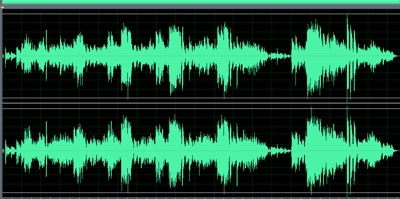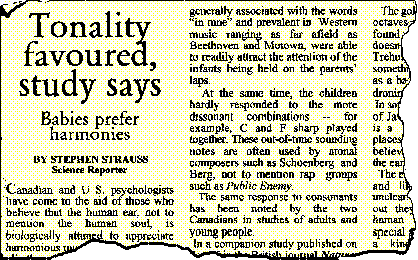“Wooh Hooh” is a non-lexical vocable, or an “utterance without meaning”, though the meaning is quite clear in the example below.
Non-lexical vocables express the pure joy of playing and singing music. Fa la la la la. Ob-la-di Ob-la-da.
Backwards, these notes form a D Major Pentatonic Scale. The vocable from Weezer’s “Dreamin'” is also found in an older song.
In both examples, the “Wooh Hooh’s” are sung in falsetto, as “Wooh Hooh’s” ought to be.
Weezer frontman, Rivers Cuomo, carries around a three-ring binder known as “The Enyclopedia of Pop” which breaks down the song formulas of Nirvana, Green Day, and Oasis. (I’d sub in The Beatles for those last two.)
It seems likely that “Dreamin'” was inspired by “You are the Woman,” at least unconsciously. There are 3 main reasons why come I believe this:
1) They both go “Wooh hooh whoa oh oh” .
2) They have the same chord progressions.
3) And for Jupiter’s sake, they’re both in D Major!
Imagine if Music Publications actually reviewed songs? Actually talked about real music?
Here’s what it’d look like:
Dreamin’ by Weezer
Keys: D Major and G Major
Chords: I III IV V
Feel: 4/4 Swing. 4/4 Straight.
Tempo: 130 for beginning and end. 90 at the bridge.
You are the Woman by Firefall
Keys: D Major
Chords: I III II V
Feel: 4/4 Straight.
Tempo: 120
In You are the Woman, the third chord is an E Minor instead of a G, but the movement in both songs is essentially the same.
A Song Schema, like the ones above, can reveal so much more about the music than buzzy adjectives can.
So here’s my music review, fortified with real music talk.
“Dreamin'” by Weezer is a sick song. The melodies are belt-outs. The music is swinging and straight, yet rocks throughout. The structure is adventurous, featuring a bridge section with a little song within the song, sung by Brian Bell with Rivers Cuomo doing counterpoint. The attitude, as always with the Weez’, is bravura – musical bravado.
“Dreamin'” harkens to some of the best moments from Pinkerton. The tempo slowdown at the final chorus is reminiscent of Pink Triangle and the same “One Three Four Five” chord progression was used in Why Bother and Across the Sea.
The kiss-the-sky feedback in the intro is like the drowsy hypnogogic state preceding the kick-in of sweet rockin’ dreams.
How can one not like this song? It’s 4/4 D major anthemic punk-pop with a swing and child-like lyrics and it’s got crazy changes.
Weezer Rules. Wooh Hooh.
Dedicated to all the Post-Green haters. Whoa oh oh.
Other Dreaming Classics:
Daydream Believer by the Monkees
I can’t wake up by Krs One
Dream by Sean Lennon.







